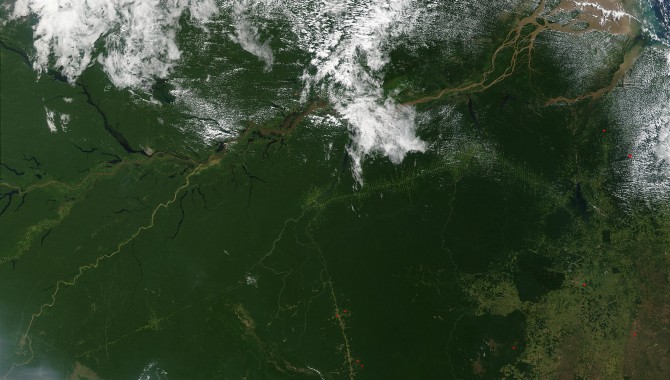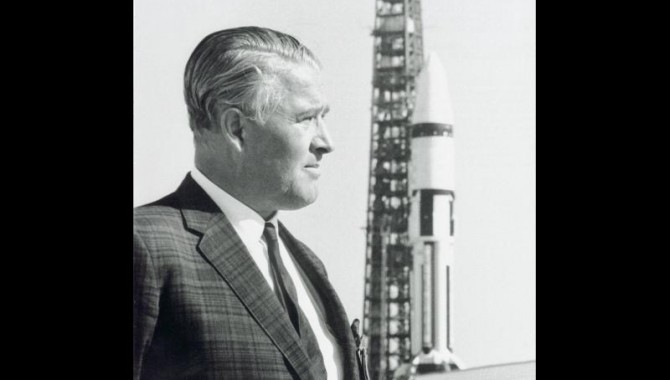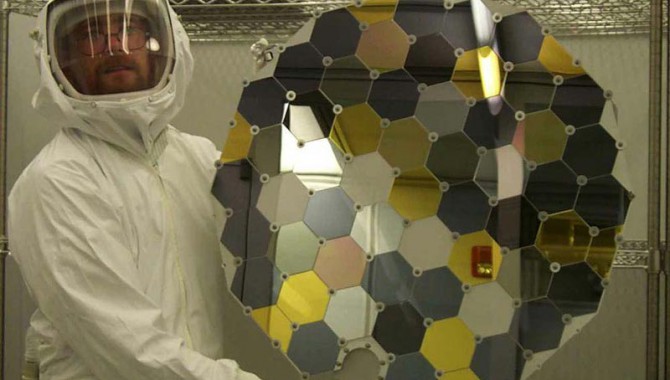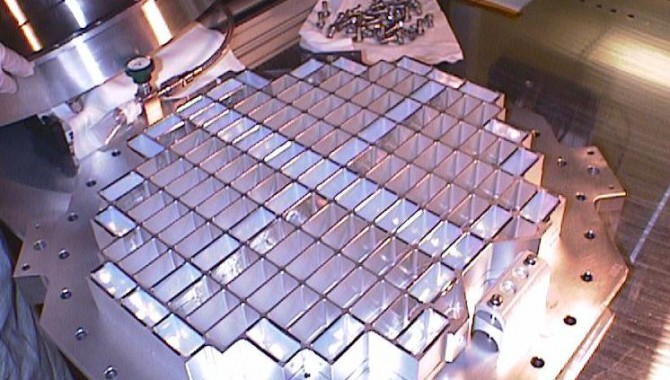
By Ben Bruneau and Kerry Ellis NASA’s first “blue marble” pictures of our Earth, brought back from a new frontier of exploration, opened a new frontier of imagination and understanding.

By Ben Bruneau and Kerry Ellis NASA’s first “blue marble” pictures of our Earth, brought back from a new frontier of exploration, opened a new frontier of imagination and understanding.
By Don Cohen Former astronaut Michael Coats joined NASA in 1984 and flew three shuttle missions before leaving the Agency for Lockheed Martin in 1991. He was appointed Center Director of Johnson Space Center in November 2005. He talked with Don Cohen in February 2006.
By Vern Weyers The varied responsibilities of NASA project managers include technical, cost, schedule, and team management aspects of their projects. The PM must deal with people and problems continuously and must evaluate the risk involved with each decision.
By Mike Zambruski and Don Cohen In 2005, I was asked to assume project management responsibilities for an Internet portal project designed to improve relationships between a large company and its customers by giving customers convenient electronic access to company services.
By the ASK Editorial Staff In March 2003, a team from five NASA centers, two Air Force groups, the Army, and Sandia National Laboratories began work on a hypersonic re-entry vehicle intended to serve as a flying technology test bed for thermal protection systems, flight controls, sensors, communications, and other vehicle systems that need to […]

By Bob Ward “Rocket scientist” Wernher von Braun remains a controversial figure. Even today, thirty-six years since his retirement from NASA and almost twenty-nine years after he departed planet Earth at the age of just sixty-five, the German-born engineer and physicist—and one-time enemy of the United States and its allies—still stands as an intriguing, dynamic, […]
By Carol Anne Dunn For fiscal year 2005, the Inventions and Contributions Board presented 2,917 NASA employees and contractors with more than $1,951,000 in Space Act Awards.

By Kerry Ellis On the morning of September 8, 2004, in a desert in the middle of Utah, two helicopters waited to pluck Genesis gently from the air and return it safely to the ground.

By Ken Atkins In the wee hours of Sunday morning, January 15, 2006, a 105-lb. entry vehicle carrying samples of dust from comet Wild 2 and interstellar particles from outside our solar system whizzed into our atmosphere at 29,000 mph.